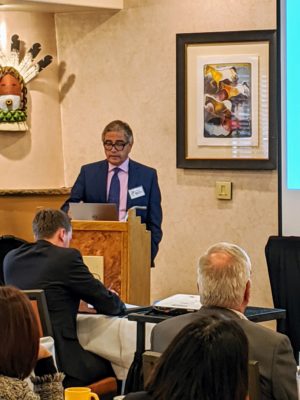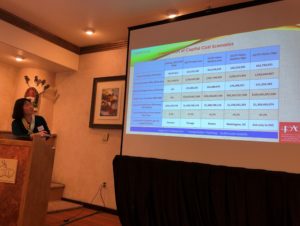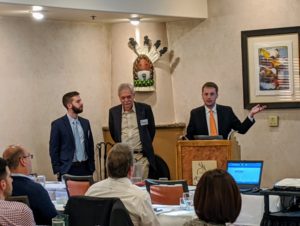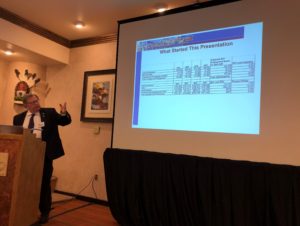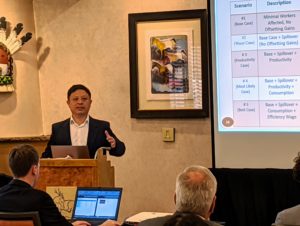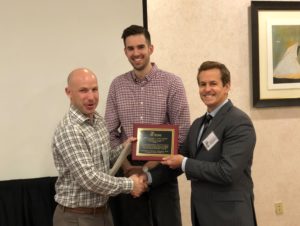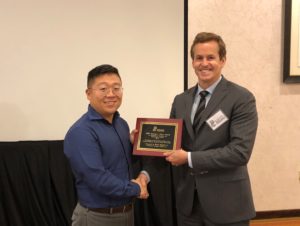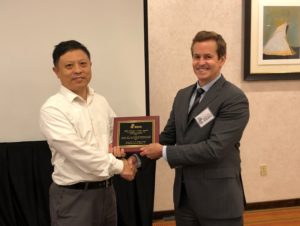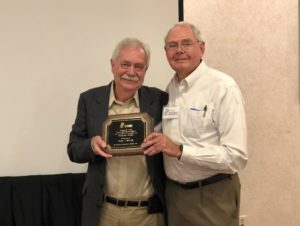50-Plus: The Economic Activity of America’s Elders
A new study examining the considerable economic impact generated by Americans age 50 and older in 2018 that was completed by AARP and The Economist Intelligence Unit was recently covered by Forbes. The article highlights the illuminating key findings from the comprehensive analysis, as well as methods for businesses to adopt in order to better integrate this diverse community.
Researchers used the REMI model to project the Longevity Economy® Outlook, which stands as “a compelling call to action for business leaders, legislators and anyone who wants to better understand and serve this growing demographic.”
This assessment of the 50-plus population determined their share of the total U.S. gross domestic product, wages, salaries, and overall employment before compiling the results into numerous charts and graphs that further illustrate the expected impacts on the national economy.
Dr. Debra Whitman, AARP Executive Vice President and Chief Public Policy Officer, was quoted in the Forbes article as she discussed the necessary industry changes that must be made to positively affect the 50-plus and business communities.
“We find that marketplaces are not looking at older consumers or providing the products and services they need. This is too big to miss, and if businesses are not paying attention, they won’t be successful in the future economy.”
You can access the Forbes article by clicking here.
You can also access the full PDF of “The Longevity Economy® Outlook,” the report completed by AARP and the Economist Intelligence Unit by clicking here.



